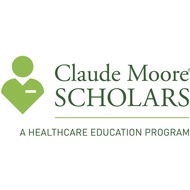Disease Prevention: Chronic Disease Case Studies Performance Task
(View Complete Item Description)This is a collaborative task that can be modified to be accomplished by students in both the face to face and the virtual environment. The task involves researching chronic medical conditions and evaluating data provided in a case study in order to make conclusions about potential disease diagnosis, prognosis, and treatment.
Material Type: Activity/Lab, Case Study, Teaching/Learning Strategy














